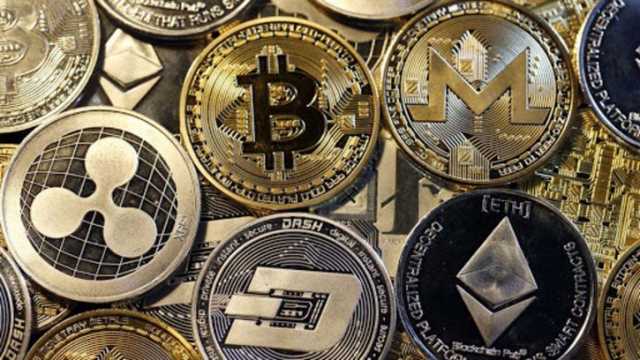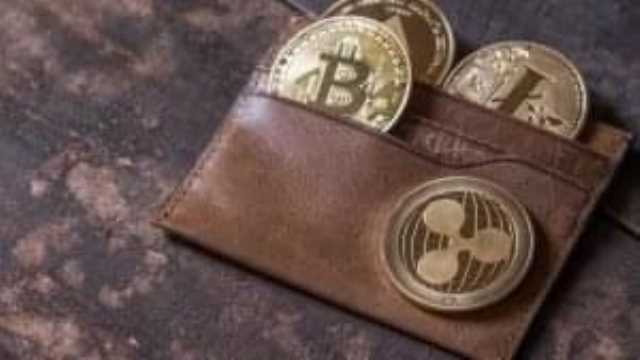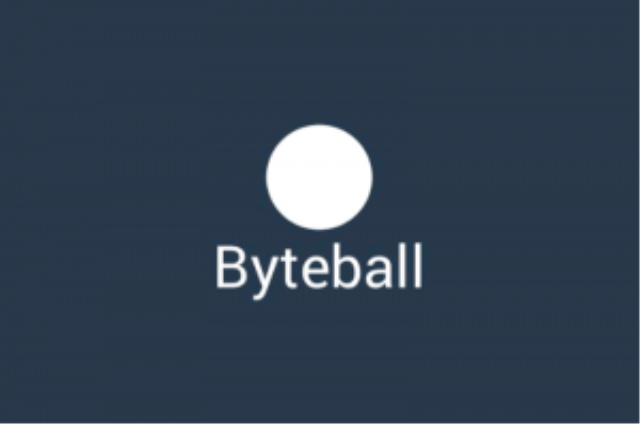
Similarly to futures, you can use cryptocurrency options to speculate on price movements or hedge digital asset market exposure. Cryptocurrency derivatives enable experienced digital asset traders to execute advancing trading strategies using leverage. They can also be used to hedge digital asset portfolios or a large long position in a particular crypto asset.
Delta Exchange India: Leading the Charge in Crypto Derivatives
Cryptocurrency swaps and options have also become a regular fixture in the crypto trading market. Derivatives trading, particularly in the realm of cryptocurrencies, offers a world of opportunity for seasoned and novice traders alike. Understanding the basic terminology, types Derivatives in Crypto of derivatives, and underlying trading strategies can empower individuals to navigate this complex, yet exciting, financial landscape. A limit order is a type of order placed with a broker to buy or sell a set amount of a financial instrument at a specified price or better.
How big is the derivative market in crypto?

Crypto derivatives are financial contracts whose value is derived from the underlying cryptocurrency assets. These instruments allow traders to speculate on future price movements without owning the actual cryptocurrencies. Traders can leverage these products to hedge against price volatility, engage in arbitrage, or speculate on price movements, providing a flexible and sophisticated approach to crypto trading. Unlike perpetual swaps that have no expiry, futures contracts have a fixed expiration date, at which point the contract must be settled — usually in cash, not the actual asset being traded.
The Global Derivatives Market
A cryptocurrency derivatives contract is a tradeable financial instrument that derives value from an underlying crypto asset, enabling traders to gain exposure to the asset’s price movement without actually owning it. Delta Exchange offers many types of crypto derivatives, such as futures, perpetuals, and options. This gives traders different ways to trade and take advantage of market opportunities. Trading crypto derivatives epitomizes the concept of high risk with the potential for high rewards. These instruments amplify profits significantly, offering greater returns than traditional trading, particularly in the historically volatile crypto market. The use of leverage, while increasing potential gains, also elevates the level of risk, making it a critical factor for traders seeking substantial rewards.

How to Trade Crypto Derivatives Efficiently
For example, if a perpetual swap’s price is higher than its underlying asset’s spot price, long position holders are charged the funding rate, which they pay to traders in the short position. It is important to understand that options do not offer investors a risk-free method of crypto derivatives trading. Each option has its own price, called a premium, which varies based on market conditions. So when a trader lets their option expire without exercising their right to buy or sell, they still lose whatever premium they paid for that option. Cryptocurrency options are flexible financial tools that give traders the right, but not the obligation, to buy (with call options) or sell (with put options) a crypto asset at a predetermined strike price, before a set expiration date.
Types of Crypto Derivatives
They are a means of gaining exposure to cryptocurrency price fluctuations without owning them in on-chain wallets. According to Tokeninsight’s Cryptocurrency Derivatives Exchange Industry Report, the cryptocurrency derivatives market’s trading volume for the third quarter of 2020 was $2.7 trillion, based on data from 42 exchanges. This marks a 25.1% increase from the previous quarter and a year-on-year 159.4% increase from the third quarter of 2019, demonstrating the enormous growth in crypto-derivatives over the last years. One of the first things a trader would have to decide on is the duration of the contract.
- More options are available via OTC desks like GSR or via decentralized protocols that rely on OTC desks as their counterparty.
- The reason these are called options is that they give traders the option or right to buy or sell at predetermined prices at specified future dates.
- A derivative is a contract or product whose value is determined by an underlying asset.
- In addition to the volume from centralized exchanges and OTC desks, a small portion of options volume occurs onchain via decentralized option protocols.
- Decentralized structured products shine as a relative bright spot in the decentralized derivatives ecosystem, commanding a larger percentage of market share than other decentralized solutions in the crypto futures and option markets12.
- Cryptocurrency trading is simply the buying, selling, and exchange of crypto assets in the hopes of profiting from the price volatility and arbitrage opportunities in the market.
- For example, an oil rig operator may want to hedge its revenue by locking in a price at which it sells barrels of oil in the future.
- A BTC spot market allows traders to purchase and sell Bitcoins at any time, but also comes with certain limitations.
- This massive movement has intensified bearish sentiment in the market, with concerns mounting over the asset’s stability as the $125 million settlement payment looms.
- While short option vaults were the first mover and remain the clear TVL leader today, long option vaults with principal protection catering to more risk-averse investors have come to fruition in recent months.
Binance’s Dual Investment platform is one prominent centralized provider that facilitates the trading of covered calls and cash collateralized puts across 16 different coins, in addition to a limited set of other structured products like straddles. Competing derivatives exchanges OKX and Bybit have similar structured product offerings as well. In addition to the volume from centralized exchanges and OTC desks, a small portion of options volume occurs onchain via decentralized option protocols. Option DEXs allow users to mint and trade vanilla options onchain, and they typically trade using an AMM, a liquidity pool with a pricing oracle, or an order book. The majority of activity has congregated on AMM/liquidity pool-based option DEXs like Lyra and Dopex so far.
- Instead, perpetual futures contracts remain open indefinitely until the trader closes the position.
- The trading of these derivatives, therefore, becomes a barometer for gauging market sentiment and establishing consensus about the asset’s value, even in a market characterized by rapid and often unpredictable price fluctuations.
- Not every exchange mentioned here excels in every aspect, so we will cover the strengths and weaknesses of every alternative discussed here.
- Evaluating volume by instrument, perpetual futures comprise the majority of all crypto trading volume (~68%), followed by spot (~28%), with much smaller contributions from other instruments like calendar futures (~3%) and options (~1%).
- High open interest suggests a vibrant market with ample traders, facilitating easier entry and exit at competitive prices.

A long position is when a trader believes that the underlying asset’s price (e.g., Bitcoin) will increase in the future. A short position, on the other hand, is when a trader believes that the underlying asset’s price will decrease in the future. When entering into a futures contract, traders can take a long or short position, indicating the direction they believe the asset’s price will move. Crypto futures are a type of derivative contract that allows two parties to agree on the price of a cryptocurrency at a fixed date in the future.